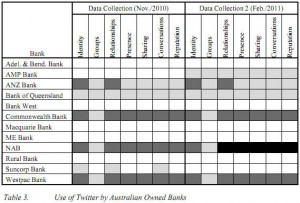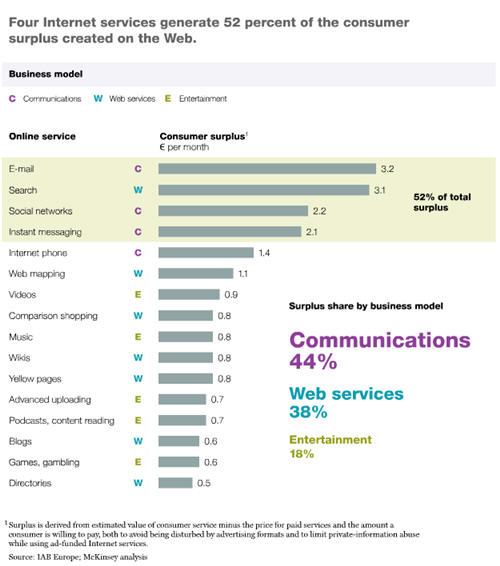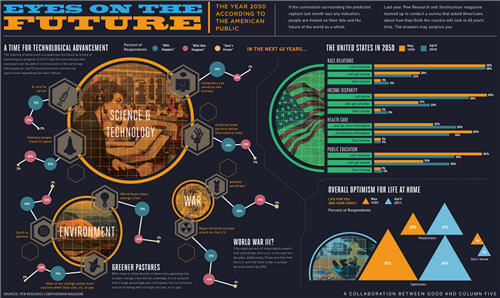Financial services is one of the most industries in which the use of social media is the most relevant, not least because customer service is a critical differentiator between highly commoditized offerings. While financial services and banking were traditionally highly relationship-based, the shift to online has significantly eroded those relationships. Social media, used well, provides an opportunity to build relationships in a world in which most financial services are executed online.
In a global context, Australian banks were fairly slow to adopt the use of social media, however more recently a number have become a lot more active as they recognize its fundamental importance to their future.
Vindaya Senadheera, Prof. Matthew Warren, and Dr. Shona Leitch from Deakin University have done some interesting research in their paper A study on how Australian banks use social media.
To analyze the banks’ activity they use the Honeycomb framework of social media which was presented by Kietzmann et al in their paper Social media? Get serious! Understanding the functional building blocks of social media, which points to the key elements of social media engagement as Identity, Groups, Relationships, Presence, Sharing, Conversations, and Reputation.
Here are a few key points from the research
Twitter:

Read more →



